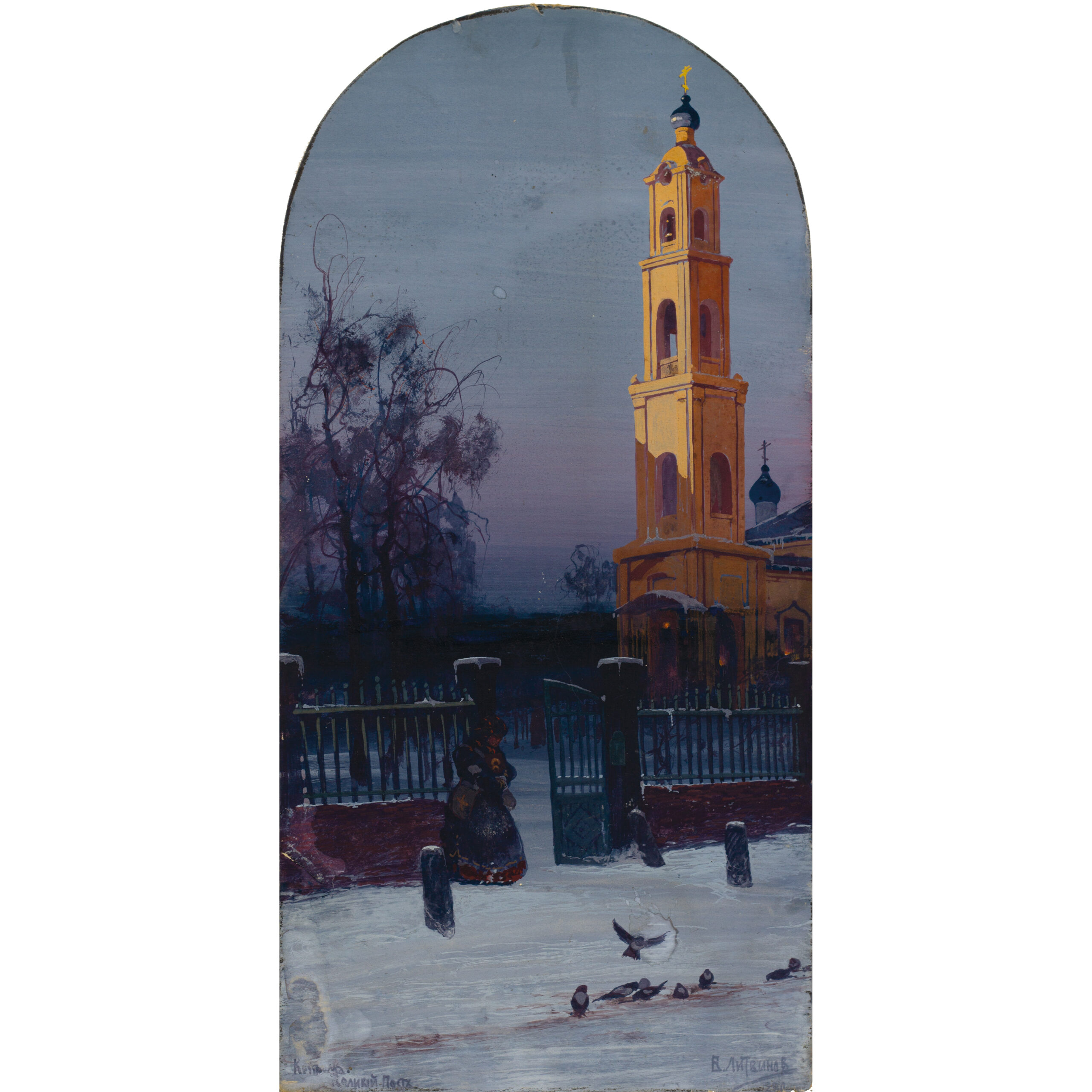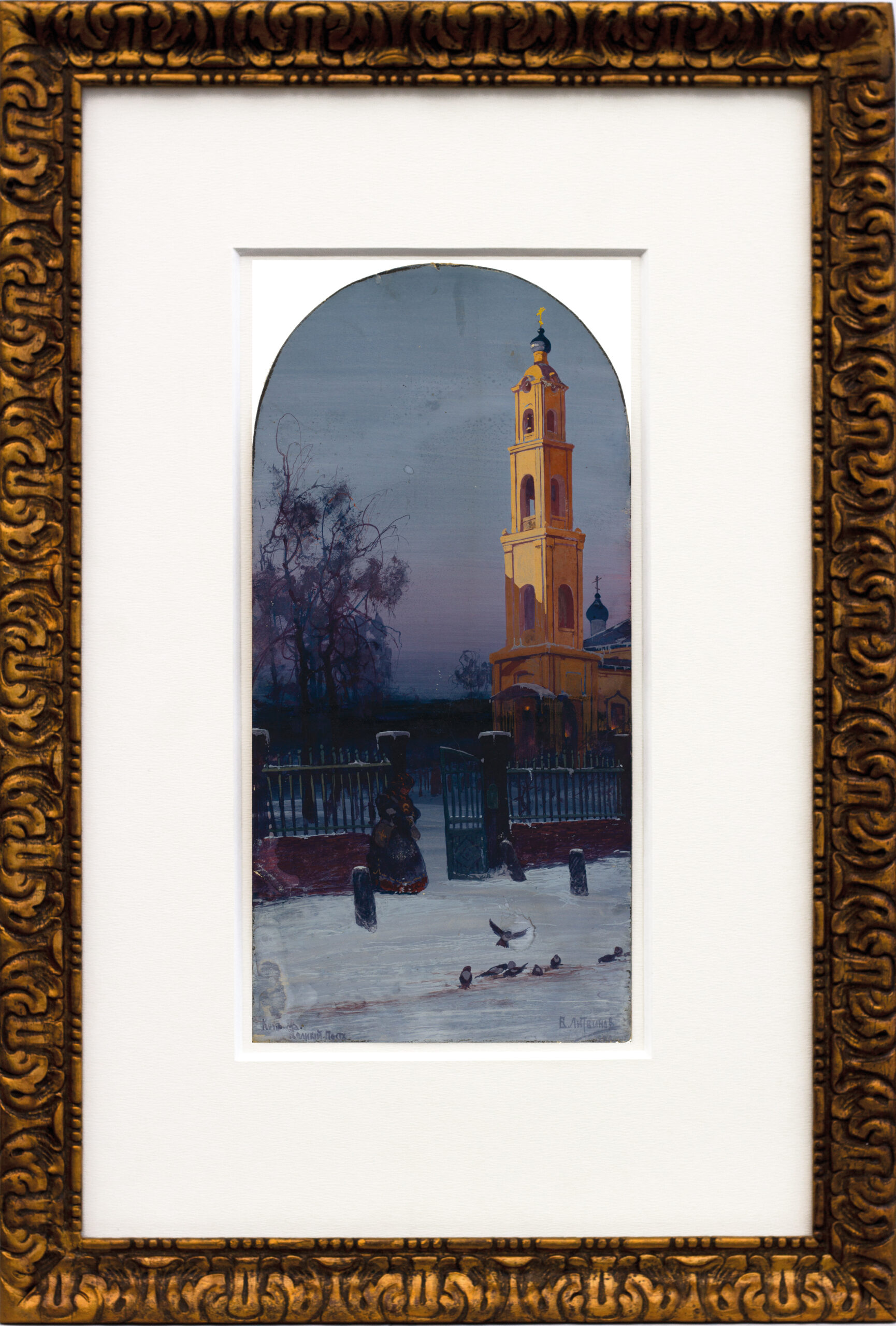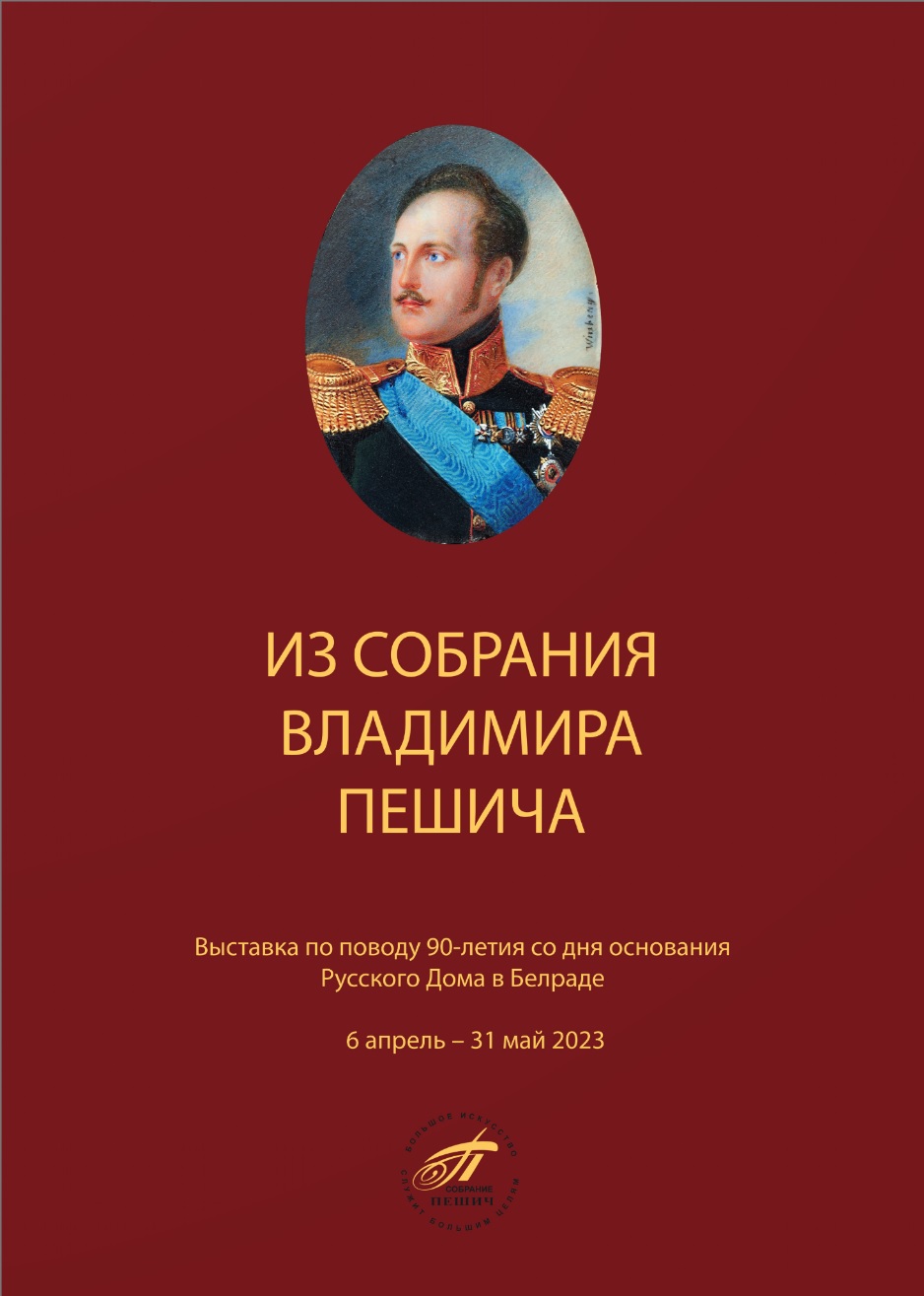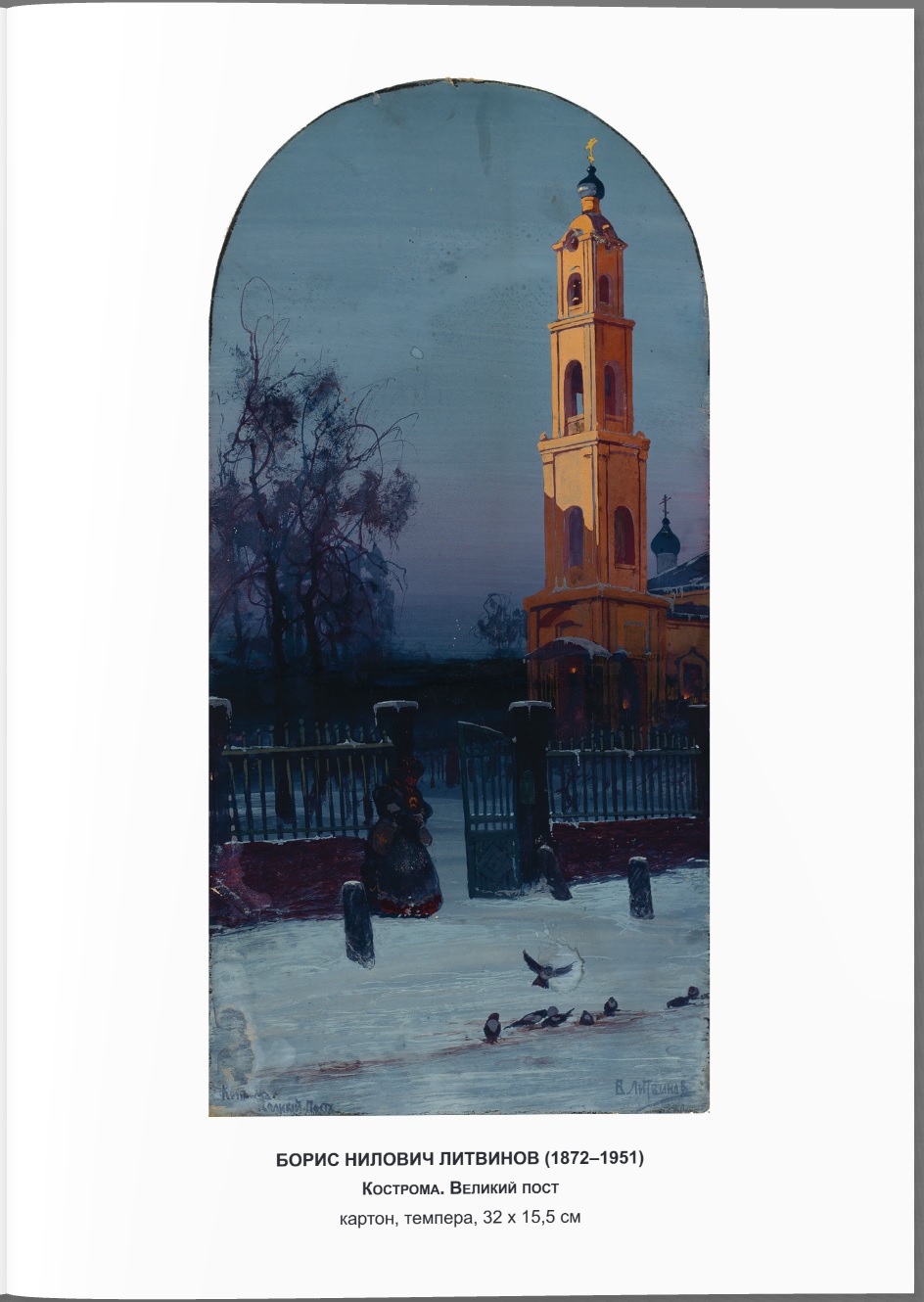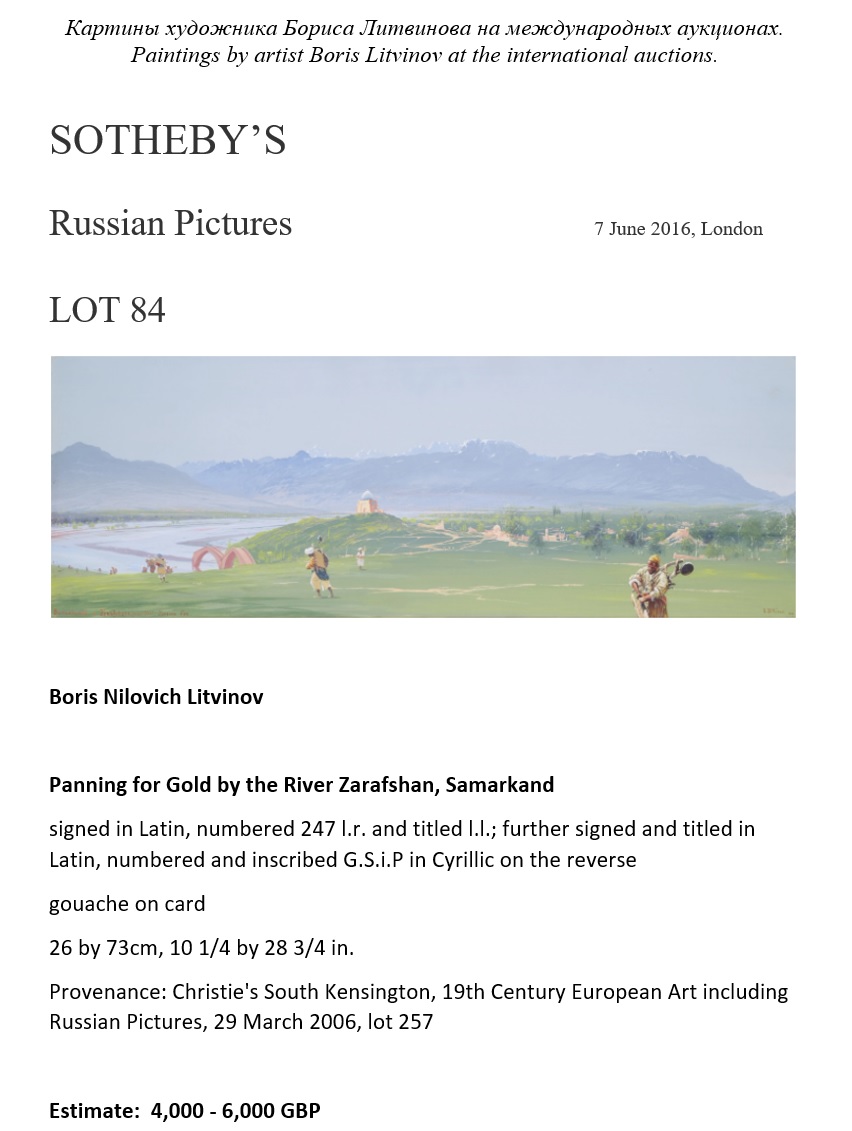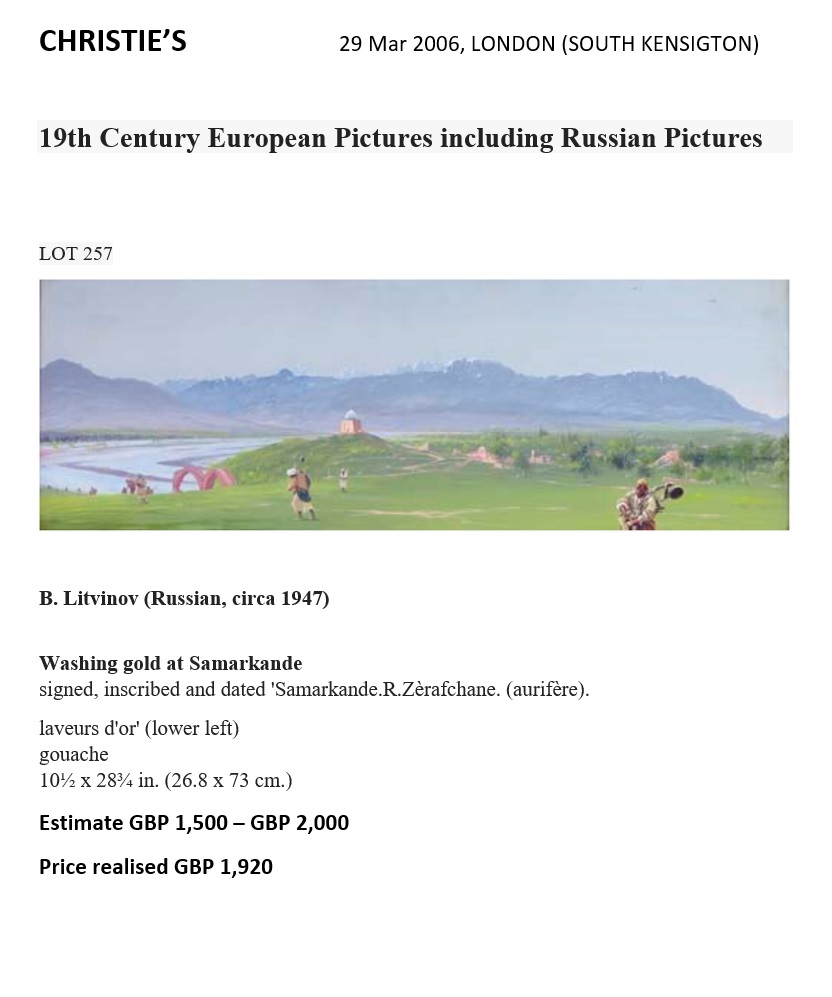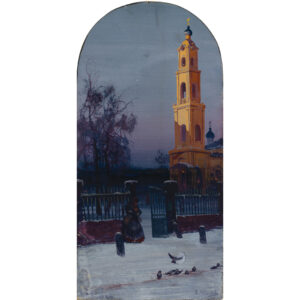Boris Nilovich Litvinov-Massalsky (1872–1948)
Russian painter, graphic artist, writer, military leader, general. He was born on October 18, 1872 in Kostroma. Graduated from the Kazan Cadet School. Since 1893 he served in the Turkestan military district, collecting materials on the history and geography of Turkestan. Then he became interested in painting: he painted landscapes, made a series of copies of Bukhara carpets. In 1908, he received a two-year academic leave to study at the St. Petersburg Academy of Arts.
Participated in the First World War. In 1915, being in the rank of colonel, he was the commander of the 19th Turkestan regiment. He was awarded the St. George weapon and the Order of St. George.
At the beginning of the October Revolution, he was arrested, but soon released by the fighters of the Turkestan regiments, after which he left for Vladikavkaz. In June 1918, he led the uprising of the Terek Cossacks and began a partisan war in the rear of the 11th Red Army. He commanded various units of the White Army in Turkestan. In 1919 he was promoted to the rank of major general. After being seriously wounded in the battle of Kazandzhik in December 1919, he was evacuated to the Crimea, from where he left Russia in November 1920 with parts of the army of General Wrangel.
In the Kingdom of Serbs, Croats, and Slovenes/Yugoslavia, he settled in Belgrade and devoted himself to painting. He painted icons, landscapes and paintings on military themes. In 1925 he participated in a group exhibition of Russian and Serbian artists at the Claridge Hotel. At an independent exhibition in 1927, he exhibited 55 paintings in gouache technique. He exhibited in Boston (USA) and at the House of Officers in Belgrade. Wrote a number of books about the First World War.
The Yugoslav authorities handed it over to the Soviet authorities in 1945. Died in the Gulag camps.
